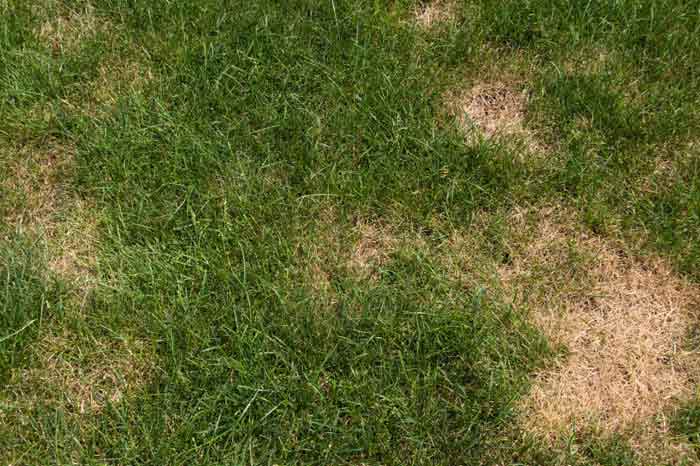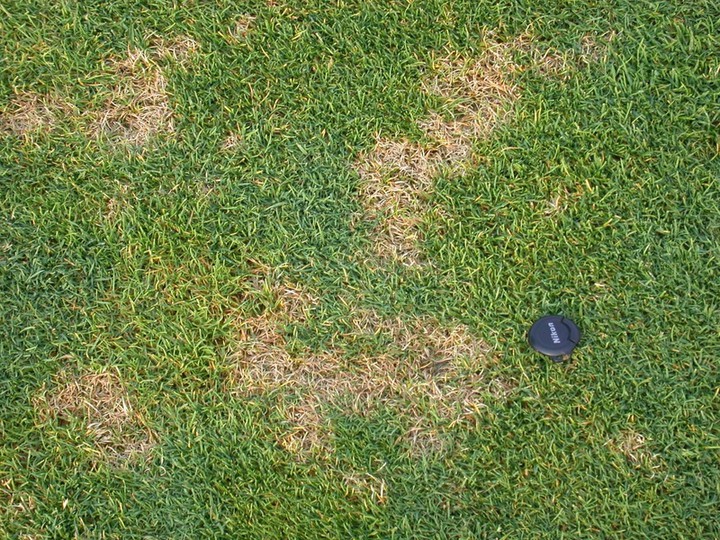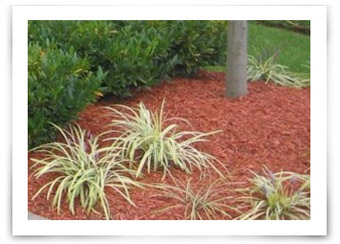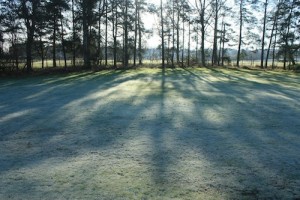Tips for Preventing Lawn Diseases
When lawns start looking unhealthy—whether they are discolored or thinning in patches—more often than not it is caused by things like improper cutting height, under-watering, or herbicide problems. However, sickly lawns can also be the result of a lawn disease. As winter winds down slowly to the warmer weather ahead and (in many areas) spring rains start soaking the turf, fungi will thrive. It is important to know how to care for a lawn in order to prevent disease.


It's best to follow the normal recommended lawn care practices for watering, mowing and fertilizing, because healthy lawns are less likely to be plagued by disease. But there are also ways to care for grass that are specifically geared toward preventing or fighting off lawn disease. Here are 5 tips:
1. Keep thatch from building up too much.
The layer of dead roots, leaves and stems at the base of the grass can add some nutrients to the soil, but when built up too much they can also be an obstacle to air, water and root growth. This creates an environment that grass hates and fungus loves.
2. Use the right amount of nitrogen fertilizer.
Too much nitrogen fertilizer will make most lawn diseases worse. On the other hand, too little nitrogen can make lawns susceptible to dollar-spot disease.
3. Water early in the day.
Watering in the evening can result in the water just sitting there overnight, which is a prime condition for moisture-loving fungus. In hot/dry settings where water conservation is crucial and evaporation is fast, it may be recommended that you water in the evening, but otherwise, it's good for the water to be cycled through in the day.
4. Don’t bury large organic debris
like tree stumps or roots when preparing an area for lawn. The reason is that these are great food for the mushrooms that cause fairy rings, which prevent water from getting to the roots.
5. Remove clippings
When you mow an area of grass diseased with dollar-spot, leaf blotch, or SAD (St. Augustine decline), the mower can spread the disease around by dispersing the diseased grass clippings. With diseased lawns, be sure to collect the clippings efficiently with a Grass Gobbler Grass Gobbler Collection , then dispose of them. Mulching is great for lawn health, but should wait until the disease is clear.
These tips will help you prevent or alleviate lawn diseases, but keep in mind that it is overall lawn health that matters most. Wright Commercial Mowers has engineered mowers and accessories that avoid things like scalping, improper cut height, rut damage and other problems that leave lawns unhealthy and vulnerable to disease. Visit our website Main site for more info, or book a free mower demo .


